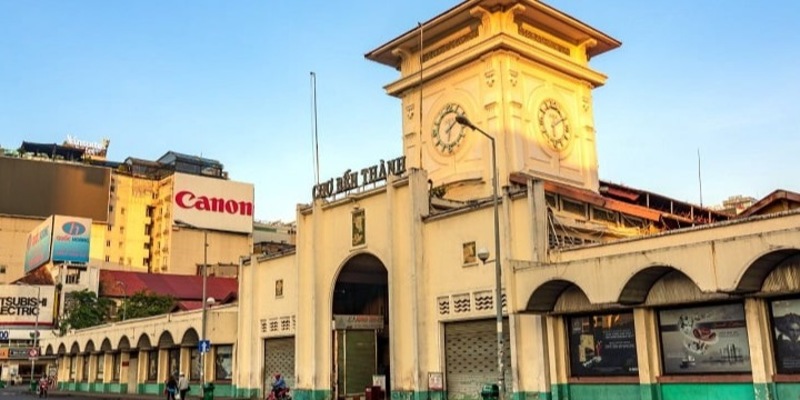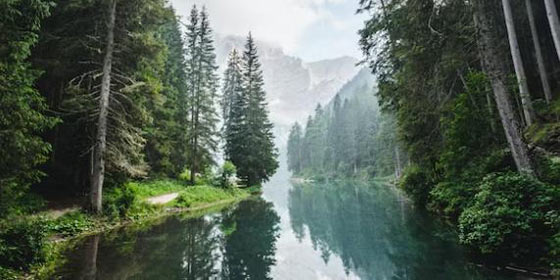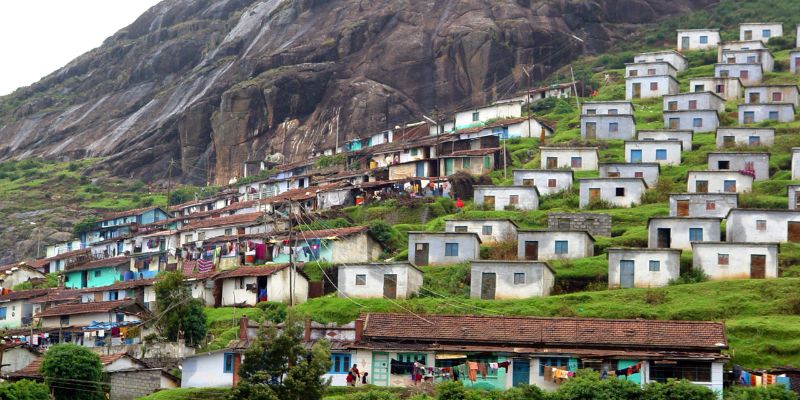India's dynamic capital, Delhi, showcases the country's rich history and varied culture. The Red Fort, Qutub Minar, and India Gate stand amid lively marketplaces and modern infrastructure throughout the city, creating a compelling combination of old and new. Delhi is a microcosm of India, with many cultures, languages, and cuisines. From the small streets of Old Delhi filled with street merchants to the broad boulevards of New Delhi lined with government buildings, the city offers a colorful experience.
A 2-day Delhi itinerary is essential to see the city's offers correctly. Without a strategy, the many historical monuments, cultural places, and bustling neighborhoods might be daunting. Using limited time, exploring Delhi's history, architecture, and local life demands clever organization. A well-planned schedule lets tourists see famous sights, eat local cuisine, and enjoy the city's vibrant atmosphere. A well-planned trip to Delhi may reveal its historical roots and current pulse, making the most of a short but memorable stay.

Day 1: Exploring Historical Landmarks
Day 1 is a mesmerizing tour of Delhi's historical sites. Visitors are drawn to Delhi's landmark monuments by its rich history and culture. The day opens at India Gate, a stunning military memorial to fallen troops. The spacious grounds and everlasting flame at the Amar Jawan Jyoti set the tone for a day of historical grandeur in the capital as the early light warms the architectural wonder. The morning stroll down Rajpath, surrounded by government buildings, shows Delhi's administrative hub. India Gate and Rajpath provide a dramatic introduction that showcases the city's history and civic pride. We visit Humayun's Tomb, where the Mughal architecture and Char Bagh garden offer a peaceful break. Day 1 begins with a historical immersion that prepares you for a day of architectural wonders, cultural richness, and gastronomic pleasures in Delhi.
Morning:
The morning begins with a visit to India Gate, a monument to troops who died in World War I. The early light warms this architectural masterpiece, allowing tourists to meander around spacious grounds. The Amar Jawan Jyoti, a constant light, adds solemnity, while wall inscriptions recount valorous legends and offer historical context.
Rajpath, next to India Gate, is a ceremonial promenade with lovely gardens and government buildings. An early stroll down Rajpath reveals the city's administrative center. The Rashtrapati Bhavan (Presidential Palace) and India Gate provide grandeur and civic pride.
Afternoon:
The day is spent seeing Humayun's Tomb, a UNESCO World Heritage Site and a Mughal architectural marvel. Visitors are drawn to the tomb's red sandstone construction and beautiful marble inlay work amid lush gardens. The Char Bagh garden and tomb complex's symmetry provides a peaceful counterpoint to the morning's hectic investigation.
Lunch at a Local Eatery: Enjoy Delhi's various cuisines during lunch. The afternoon break becomes a gastronomic adventure, adding a savory layer to the day's cultural tapestry with street food in crowded markets or regional delicacies in small restaurants.
Evening:
Qutub Minar, is visited after sunset. The elaborate carvings on red sandstone and marble tell Delhi's history. As the city lights glitter below, climbing to the peak gives breathtaking vistas. Optional: Red Fort Light and Sound display: This mesmerizing nighttime display tells Delhi's history. Nighttime storytelling takes tourists through Delhi's rich history on the lighted fort.
Day 2: Cultural and Modern Attractions
Day 2 in Delhi offers a lively tour of its traditional and contemporary highlights. The morning sets the setting for a day of different encounters, from the Lotus Temple's tranquil architectural style to Akshardham Temple's modern grandeur. India's cultural legacy is explored at the National Museum after an afternoon meal at Connaught Place. As the day turns to night, Dilli Haat's lively commercial and cultural offerings contrast with Lodhi Gardens' tranquil twilight promenade. Day 2 showcases Delhi's contemporary charm and cultural diversity, offering exploration and immersion.
Morning:
Visit Lotus Temple: The second day starts with a visit to the Lotus Temple. The lotus-shaped building invites guests to its tranquility. The early stillness is perfect for contemplating the temple's unusual style.
Akshardham Temple: After seeing the Lotus Temple, the morning continues with a visit to this contemporary architectural marvel. The Yagnapurush Kund displays and elaborately carved center monument highlight India's ancient art, culture, and spirituality. Traditional craftsmanship and modern magnificence combine in the temple complex.
Afternoon:
Lunch in Connaught Place: The afternoon offers a gourmet break at this commercial and cultural powerhouse. The colonial-style circular market has several eateries. Lunch becomes leisurely, allowing you to sample numerous cuisines in a colorful and international atmosphere.
After lunch, visit the National Museum to learn about India's rich culture. The museum's art, archaeology, and anthropology collections cover the nation's history. For history buffs, the National Museum has everything from ancient artifacts to exquisite sculptures.
Evening:
Dilli Haat, a colorful open-air market, offers a unique combination of shopping and cultural attractions in the evening. Traditional crafts, handlooms, and regional cuisines attract travelers. India's arts and cooking are colorfully displayed at Dilli Haat.
Optional evening Lodhi Gardens stroll: An evening walk around Lodhi Gardens is a peaceful way to end the day. The historic park's ancient tombs and lush flora provide a pleasant escape from city life. The architectural relics shine warmly in the dying sunlight, making for a peaceful stroll.

Practical Tips:
Delhi's cultural depth and modern vitality are intriguing. India Gate and Rajpath are the first historical sights on Day 1. Lunch involves sampling local cuisine after seeing Humayun's Tomb in the afternoon. Qutub Minar, displaying Delhi's history, and a Red Fort light and sound performance are options for an evening of fun.
Day 2 explores Delhi's culture and modernity. The Lotus Temple's distinctive architecture promotes peace and togetherness in the morning. Next, see the beautifully crafted Akshardham Temple, which blends traditional craftsmanship with modern grandeur. Lunch at Connaught Place is followed by an afternoon at the National Museum to explore India's rich cultural legacy. Dilli Haat offers a colorful cultural and commercial experience in the evening, with traditional crafts and regional cuisines. A relaxing nighttime walk among antique tombs and beautiful flora at Lodhi Gardens is optional.
Practical strategies for managing Delhi's immensity demand strategic transit. The Delhi Metro, taxis, ride-sharing, and auto-rickshaws make city travel easy. From Chandni Chowk's busy alleyways to Connaught Place's posh restaurants like Karim's, culinary discovery may be adapted to different tastes. India Gate, Rajpath, Lotus Temple, and Akshardham are best in the morning, while Humayun's Tomb and the National Museum are best in the afternoon. Qutub Minar, Dilli Haat, and an optional Lodhi Gardens promenade provide a complete evening Delhi experience.
Conclusion:
In conclusion, a two-day Delhi itinerary reveals a rich history, culture, and modernity. Delhi's ancient monuments reveal its history, from India Gate's seriousness to Qutub Minar's beauty. Modern and traditional experiences like visiting Humayun's Tomb and Akshardham Temple illustrate this city's energy. Delhi's gastronomic diversity lends flavor to the culinary voyage across varied neighborhoods. Dilli Haat's cultural immersion and Lodhi Gardens' peacefulness also enhance Delhi's beauty.
Practical transit, food, and visit time ideas streamline the program. The metro, taxis, and auto-rickshaws make Delhi's immensity easy to navigate. Cuisine ranges from street food to fine dining to suit different preferences. Planning visits to sights around the city's rhythm and avoiding peak crowds maximizes enjoyment. The essence of India's capital, Delhi, is shown via its architectural grandeur, cultural depth, and bustling activity.





